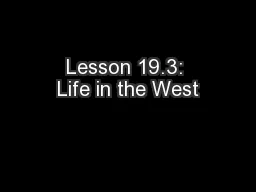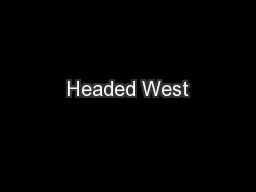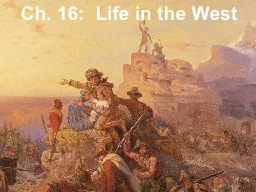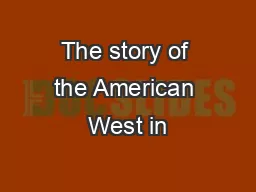PPT-Lesson 19.3: Life in the West
Author : natalia-silvester | Published Date : 2018-11-03
Todays Essential Question How did diverse groups help to shape both the reality and the myth of the Old West Vocabulary myth widelyheld belief in something that
Presentation Embed Code
Download Presentation
Download Presentation The PPT/PDF document "Lesson 19.3: Life in the West" is the property of its rightful owner. Permission is granted to download and print the materials on this website for personal, non-commercial use only, and to display it on your personal computer provided you do not modify the materials and that you retain all copyright notices contained in the materials. By downloading content from our website, you accept the terms of this agreement.
Lesson 19.3: Life in the West: Transcript
Download Rules Of Document
"Lesson 19.3: Life in the West"The content belongs to its owner. You may download and print it for personal use, without modification, and keep all copyright notices. By downloading, you agree to these terms.
Related Documents














